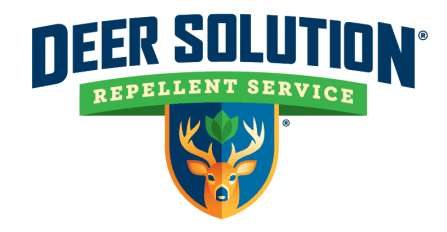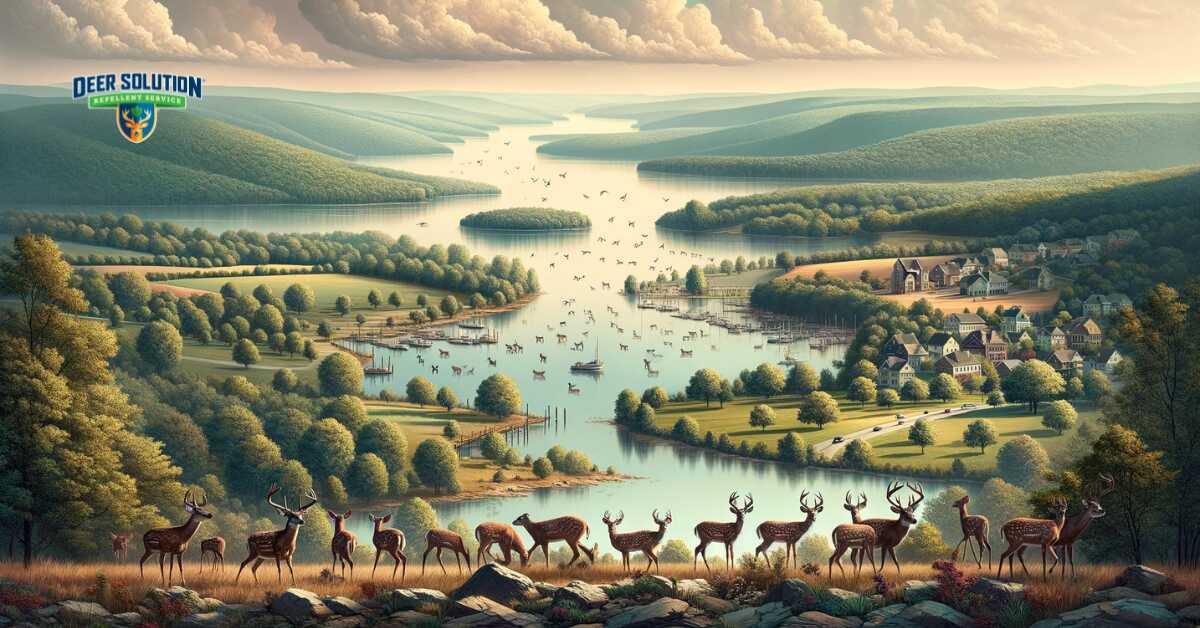Howard County, Maryland, is currently tackling the challenging issue of deer overpopulation and the resultant ecological and agricultural impacts.
The situation in the county reflects a broader issue faced in managing wildlife populations, where there is a need to balance ecological conservation with the interests of human inhabitants.
The Deer Population Challenge
Recent data from the Maryland Department of Natural Resources reveals a decrease in deer harvest during the early part of the 2023 archery and muzzleloader seasons, suggesting a variable dynamic in deer populations.
This variability is influenced by factors such as weather conditions and food availability. In Howard County, the deer harvest data shows a nuanced picture of the deer population, necessitating a comprehensive approach to management.
Ecological and Agricultural Impacts
The overpopulation of deer leads to significant ecological challenges. Overgrazing by deer results in habitat degradation, affecting local biodiversity and the health of forest ecosystems.
Agricultural areas in Howard County also suffer, with deer causing substantial damage to crops and plants. Farmers and gardeners in the county are increasingly concerned about protecting their vegetation from deer.
Managing Deer Populations
Effective management of deer populations in Howard County is crucial. The county’s approach involves a balance between controlling deer numbers and addressing health concerns like Lyme disease and deer-vehicle collisions.
Strategies employed include hunting and non-lethal methods, highlighting the complex nature of wildlife management in suburban and urban areas.
Community Involvement and Awareness
The involvement of the local community is vital in managing the deer population. Educating residents about the impacts of deer overpopulation and the importance of deer damage control is key.
Engaging the community in conservation efforts and providing them with resources to protect their plants from deer can lead to more effective management of the deer population.
The Importance of Sustainable Practices
Sustainable wildlife management practices are essential for maintaining ecological balance. These practices focus on controlling the deer population while emphasizing the health of the ecosystem as a whole. This includes habitat conservation, research on deer behavior and population dynamics, and the development of non-invasive control methods.
The situation in Howard County, MD, underscores the need for effective, responsible wildlife management practices. The rising deer population, coupled with the need to protect local flora from deer and mitigate ecological and agricultural impacts, calls for an integrated approach.
The county’s experience serves as a model for other regions facing similar challenges.







